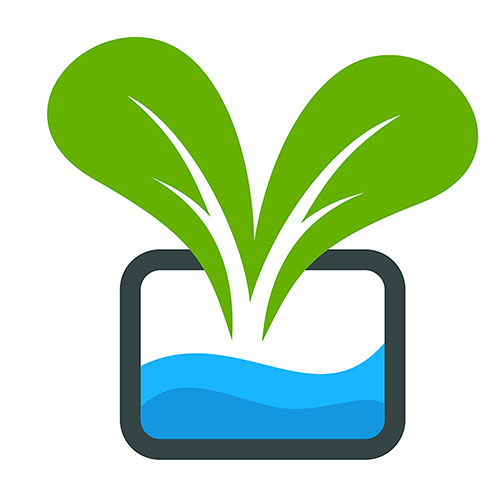Whether you’re wanting to start a soil-free garden, looking to save the environment or simply just want to have the ability to grow any fruit or vegetable in any season, you’re probably looking into Aeroponics and Hydroponics.
Maybe you’re unsure as to which method would best suit your needs, this is the ultimate guide to help you choose that crucial aspect of beginning your new garden.
I’m going to lay out the good, the bad and the great of both the Hydroponic system as well as the Aeroponic system and recommend which system would be best for your situation.
What exactly is an Aeroponic garden?
An Aeroponic garden is a revolutionary system that allows plants to grow in the air, without any soil while being suspended inside of an enclosed environment. Spraying their roots with nutrient-rich water solution allows them to grow strong and healthy. Typically, pressure pumps are used to gently mist your plants roots with the water solution.
What’s a Hydroponic garden system?

A Hydroponic system is where the plants are in a growing tray that has a nutrient-rich water solution flowing through the bottom of the tray area providing food and nutrients to promote the growth of your plants.
The cost of the systems?
When first starting out, the cost of the system can be a huge factor in choosing which system to utilize for some people.
Aeroponic systems can have a much higher initial start up cost compared to the Hydroponic systems. This is partially because Aeroponic systems depend on machinery to keep the plants alive and healthy.
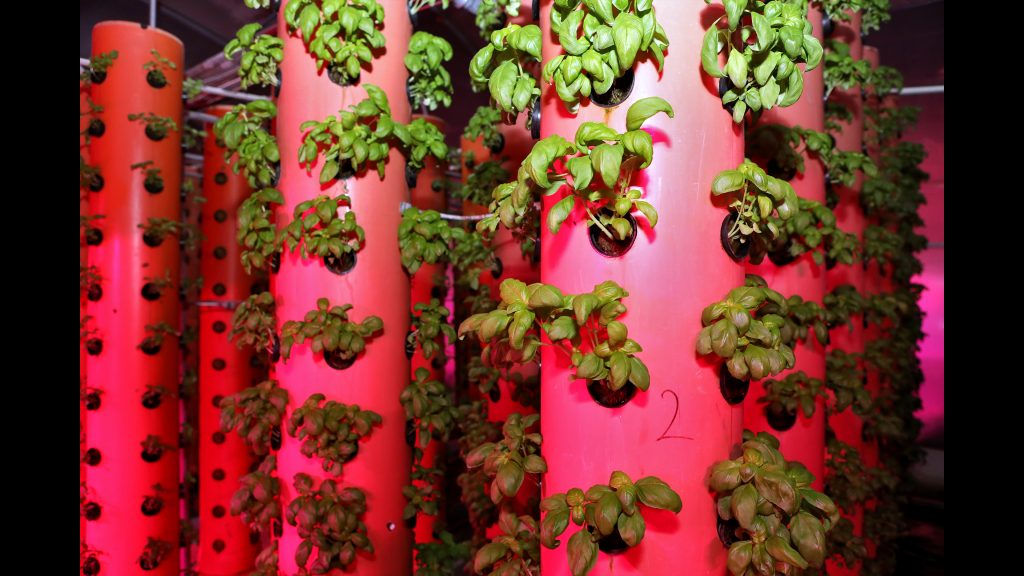
Aeroponic systems consist of machinery such as high pressure pumps, automatic mist nozzles, and a timer. With this system, your plants are susceptible to power outages and require an expensive backup generator.
The plants in this system need to be in an enclosed environment because the plants are enclosed in a dark environment, they turn the carbon dioxide into oxygen. This process is called photosynthesis. However, low energy lamps should be used to help supplement photosynthesis.
If the machinery fails and the plants go without the needed nutrients, the plants in an Aeroponic system will fail to survive within just a few hours post malfunction. It’s this fact that causes the Aeroponic system to have a more substantial cost than Hydroponics when first starting out.
When starting your Aeroponic system, you are going to want to make sure that you have a backup solution that is ready to use, just in case your machinery fails. This is a necessary precautionary measure that’s needed to ensure you do not lose all of your plants within just a few hours.
Hydroponic systems still can come with a hefty initial cost.

In a Hydroponic system, the plants are positioned in a growing tray to keep them stable and in place while water flows through the bottom of the tray, delivering the needed nutrients that the plants need to survive.
You will need to have a water supply, such as a tank nearby along with a fill line or tube connected to the water supply, this will power the water solution through the bottom of the tray and feed your plants. You will also want an overflow drain to return the left over water back into the water tank.
Both Aeroponic and Hydroponic systems have a substantial upfront cost when compared to the traditional soil gardening option.
Hydroponic systems require less necessary equipment compared to the Aeroponics system which need an extensive amount of equipment to make it a viable option, especially since you need a quality backup system in Aeroponics.
The cost of each setup will be dependent on what you’re trying to achieve. However, once you’ve paid the upfront costs of the systems, Hydroponic systems are usually self-sustainable enough to not require more substantial cost to keep the system up and running.
Overall, if you’re looking for a cost effective option, Hydroponics is the best way to achieve that goal.
How much space do the systems need?
In Aeroponic systems, minimal space is needed.
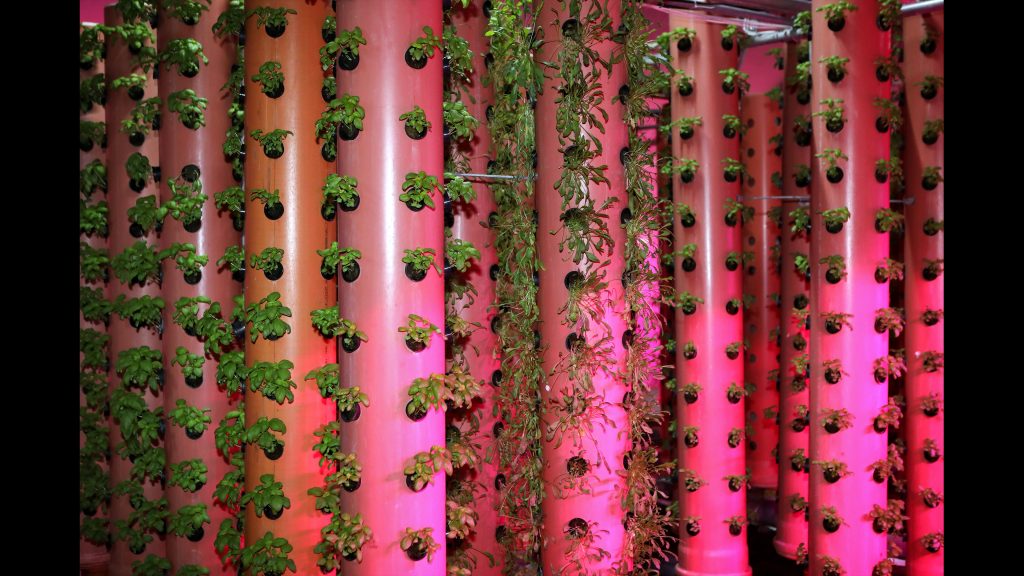
When utilizing the Aeroponics system, plants can be stacked close to each other and on top of one another and the plants require no growing medium. This means that plants do not take up a large amount of space and you are able to maximize the plant production in limited spaces.
Aeroponic systems also allow you to easily move your plants around as you please, increasing your mobility options and your ability to switch out nursery plants and old plants with new plants.
In Hydroponic systems, the space utilized is a bit more compared to the Aeroponic system but takes up 20% less space than the traditional plants grown in soil, so in this system, you’re still able to grow more plants in a more confined space.
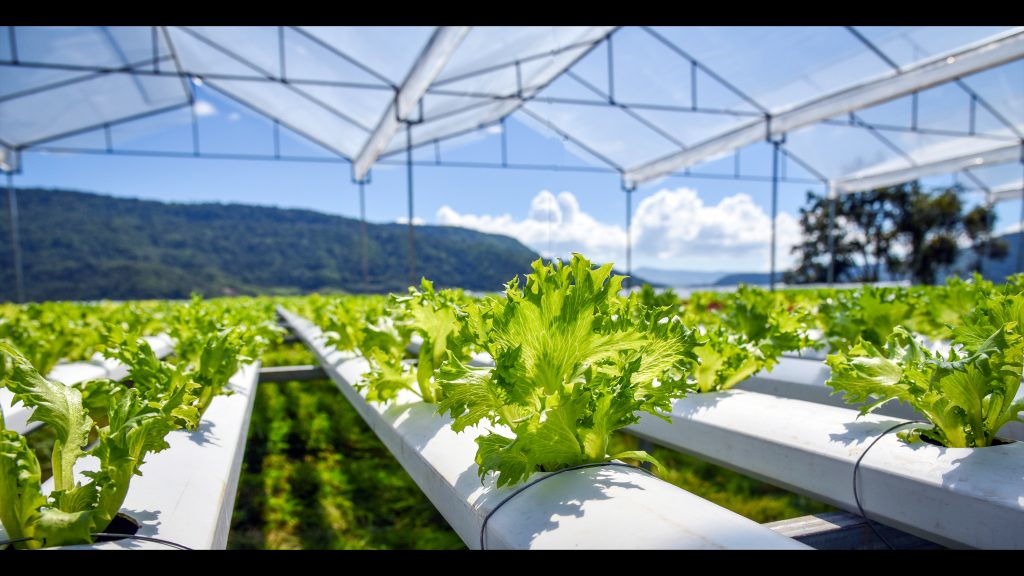
Roots of plants grown in a Hydroponic system do not have to spread out like they would traditionally in soil resulting in the roots being more compacted and closer together.
In conclusion, both systems utilize less space than traditional soil growing. However, Aeroponic systems will take up slightly less space when compared to Hydroponic systems.
Growth of plants in each system
In Aeroponic setups, plants rely primarily on the moisture and oxygen in their controlled environment. This system promotes fast massive growth and healthy plants due to their roots being exposed to oxygen non-stop and are at less of a risk of encountering a disease since they are kept in a highly controlled and regulated environment.

Aeroponic systems allow the plants to maximize their nutrient absorption due to having no growing medium causing you to produce more plants than you would in a different setup.
When using the Hydroponic system, you will still get larger plants and healthier plants than you would receive by using the traditional soil method. This is due to the tubes running a nutrient-rich solution directly to the plant roots.

In both Aeroponic and Hydroponic systems, you will have complete control over the environment, the nutrients being delivered to the plants, the pH levels, light exposure intensity, and duration which all will help promote optimal growth for your plants. In both setups, you will be able to protect the plants from external factors such as the wind and unpredictable weather conditions.
If the plants quality is your main focus or concern, Aeroponics is your best option due to the amount of aeration the plants roots are exposed to, causing them to produce a higher quality plant.
How environmentally friendly are Hydroponic and Aeroponic setups?
Aeroponic setups use a considerably lower amount of nutrients due to the quick nutrient absorption rates. This setup also uses a significantly less amount of water, both of which helps out the environment substantially.
Hydroponic setups offer a more energy efficient setup compared to plants that are grown in soil and many Hydroponic systems recycle water, this greatly reduces the amount of water wasted.

Though both Aeroponic and Hydroponic systems are more environmentally friendly when compared to the traditional soil system, the Aeroponic system is the most environmentally friendly option due to the small amount of water used.
The disadvantages of Hydroponic and Aeroponic systems
Though both Aeroponic and Hydroponic setups offer a multitude of benefits when compared to the traditional soil method, both do have their downfalls.
Aeroponic setups require consistent and constant attention and supervision in order to be successful. This is due to the need for the correct pH levels and nutrient density ratios since this system is extremely sensitive. Being able to figure out the correct ratio and applying it to your system can be extremely difficult to achieve when first starting out.
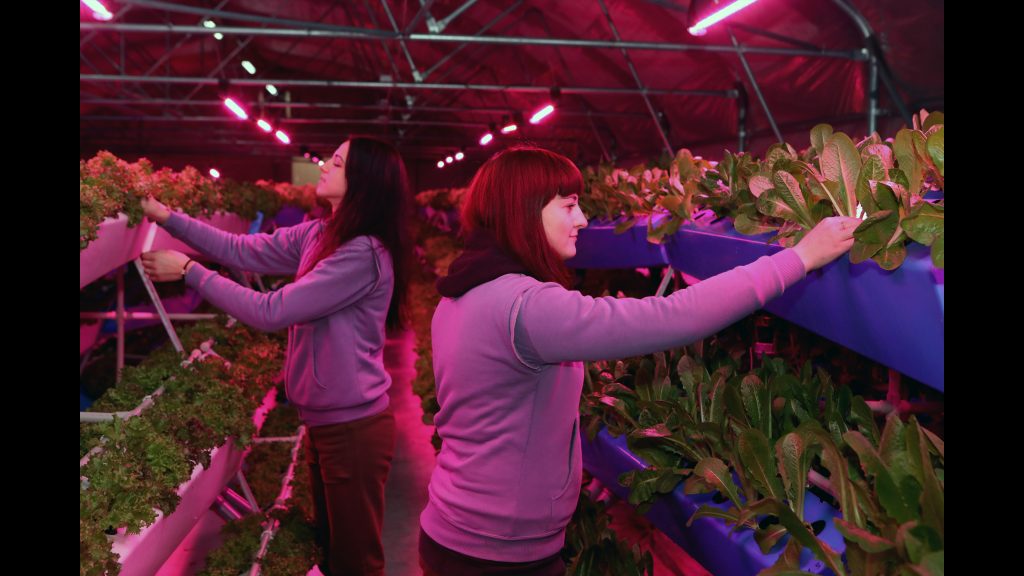
Aeroponic setups also require a lot of technical knowledge as it is a very complex and complicated setup. If a power outage happens in an Aeroponic system and you don’t realize it for a couple of hours, your plants will die and you will be forced to start all over.
Plants grown in the Aeroponic system will also require regular disinfecting of their root chambers in order to prevent root diseases and create protection from a multitude of microorganisms that could be introduced through the plant’s water.
Hydroponic setups also are susceptible to waterborne diseases because of the nutrient rich solution being passed between all of the plants, disease travels rapidly to every plant once one is infected. Since Hydroponic plants are in constant water exposure, bacteria growth escalates quickly in this setup.
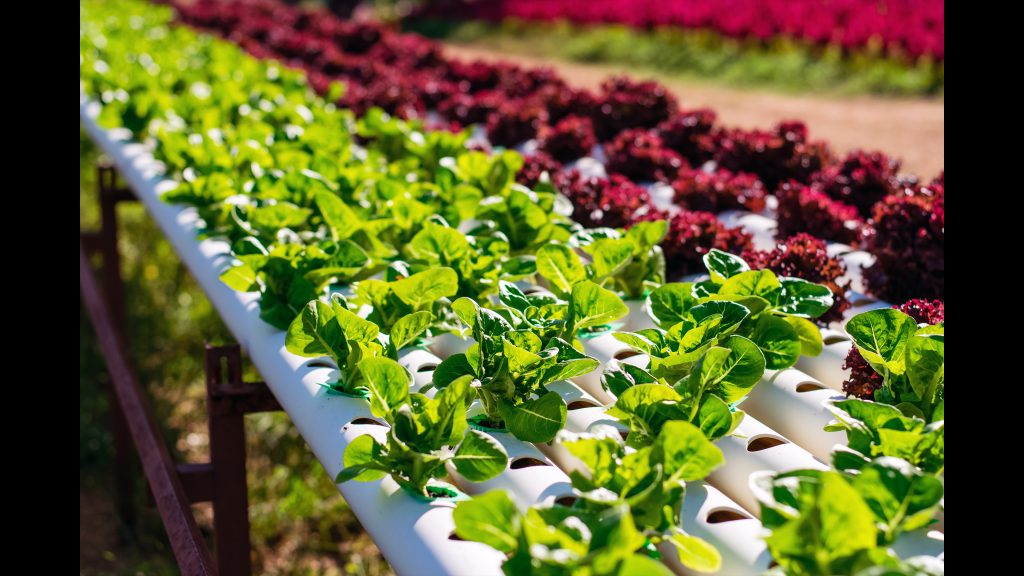
Both setups are considerably more expensive when compared to traditional soil gardening and require more upkeep and supervision.
